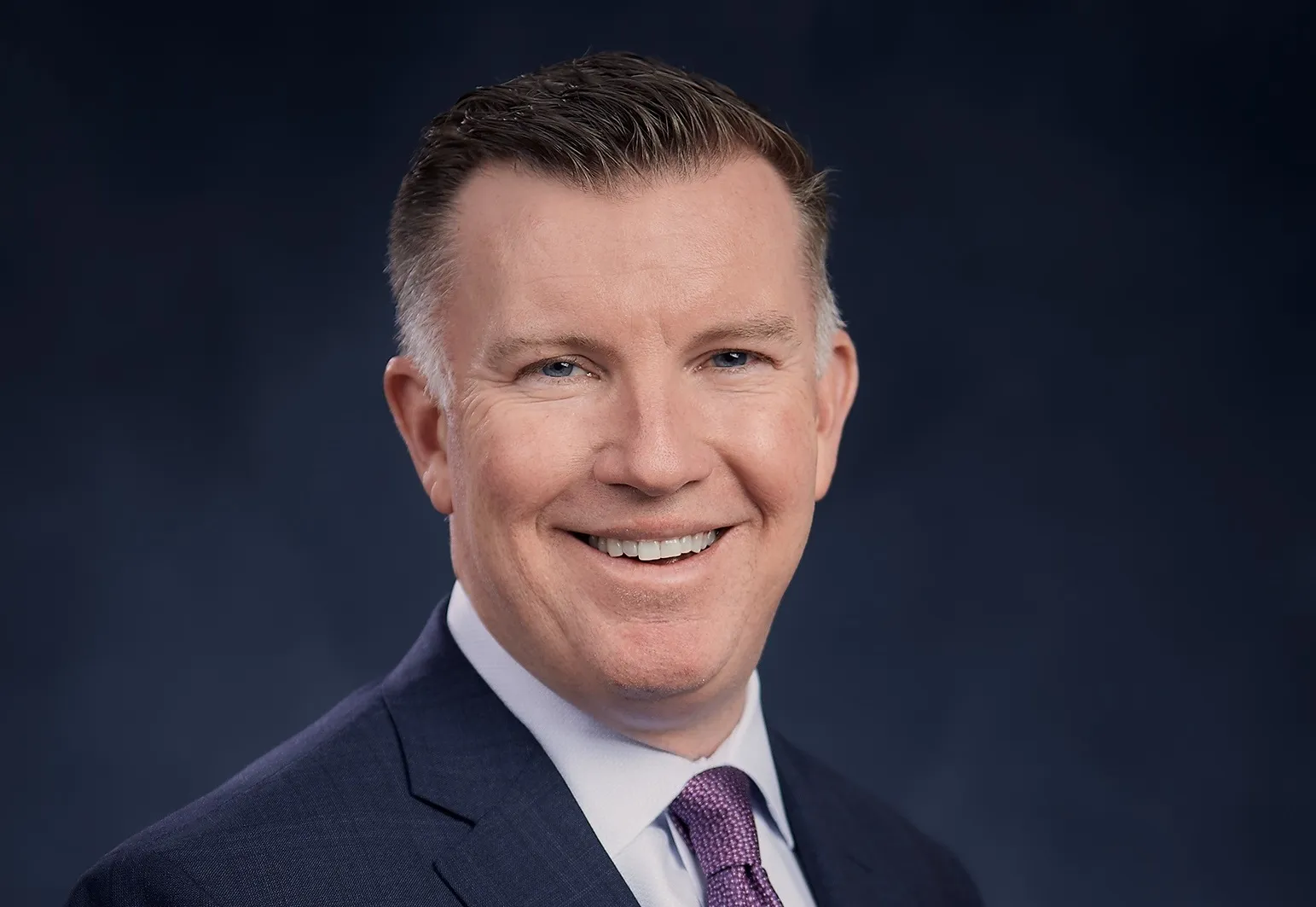The city of Madrid, Spain has been unanimously re-elected to be the president of the Polis network in 2015.
Madrid has been promoting sustainable transport for many years, both locally and through cooperation across borders. Outstanding initiatives in the Spanish capital include the city's ambitious Air Quality Plan, the promotion of cycling and walking, Madrid's intelligent on-street parking scheme, its multimodal interchanges, and its pioneering urban consolidation centre for electric freight.
"Wit
November 28, 2014
Read time: 2 mins
The city of Madrid, Spain has been unanimously re-elected to be the president of the Polis network in 2015.
Madrid has been promoting sustainable transport for many years, both locally and through cooperation across borders. Outstanding initiatives in the Spanish capital include the city's ambitious Air Quality Plan, the promotion of cycling and walking, Madrid's intelligent on-street parking scheme, its multimodal interchanges, and its pioneering urban consolidation centre for electric freight.
"With other Polis members, we share the opinion that improving local transport is crucial to guarantee the sustainability of our cities and regions", said Diego Sanjuanbenito Bonal, Madrid's Deputy Mayor for Transport and Environment. "Time has come for Madrid to take a step forward and assume even more responsibility in this process. We will do our best to continue to support the Polis network and to work together towards deploying innovative urban transport technologies and policies for a more sustainable Europe."
Pisa and Stuttgart region were also elected to join the Management Committee of Polis for a second term.
The Annual Polis Conference "Innovation in Transport for Sustainable Cities and Regions" begins today in Madrid, gathering around 300 urban mobility professionals from across Europe. Diego Sanjuanbenito Bonal will open the conference and welcome high-level speakers including Madrid's mayor Ana Botella Serrano, Spain's minister for Public Works and Transport Ana Pastor, and Italy's transport minister Maurizio Lupi, who currently holds the presidency of the Council of the EU.
Madrid has been promoting sustainable transport for many years, both locally and through cooperation across borders. Outstanding initiatives in the Spanish capital include the city's ambitious Air Quality Plan, the promotion of cycling and walking, Madrid's intelligent on-street parking scheme, its multimodal interchanges, and its pioneering urban consolidation centre for electric freight.
"With other Polis members, we share the opinion that improving local transport is crucial to guarantee the sustainability of our cities and regions", said Diego Sanjuanbenito Bonal, Madrid's Deputy Mayor for Transport and Environment. "Time has come for Madrid to take a step forward and assume even more responsibility in this process. We will do our best to continue to support the Polis network and to work together towards deploying innovative urban transport technologies and policies for a more sustainable Europe."
Pisa and Stuttgart region were also elected to join the Management Committee of Polis for a second term.
The Annual Polis Conference "Innovation in Transport for Sustainable Cities and Regions" begins today in Madrid, gathering around 300 urban mobility professionals from across Europe. Diego Sanjuanbenito Bonal will open the conference and welcome high-level speakers including Madrid's mayor Ana Botella Serrano, Spain's minister for Public Works and Transport Ana Pastor, and Italy's transport minister Maurizio Lupi, who currently holds the presidency of the Council of the EU.









